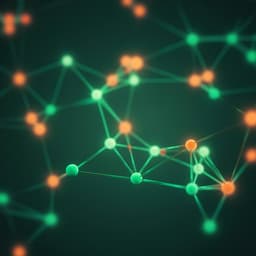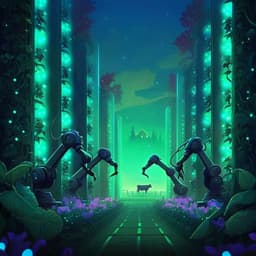
Earth Sciences
Fossilized anaerobic and possibly methanogenesis-fueling fungi identified deep within the Siljan impact structure, Sweden
H. Drake, M. Ivarsson, et al.
Discover the intriguing world of abyssal fungi! Recent findings by researchers Henrik Drake, Magnus Ivarsson, Christine Heim, Oona Snoeyenbos-West, Stefan Bengtson, Veneta Belivanova, and Martin Whitehouse reveal fossilized fungal hyphae deep within the Earth's crust, shedding light on their potential roles as powerful decomposers and providers of hydrogen in anoxic environments. Join us in exploring this possibly vast and overlooked biosphere!
Playback language: English
Related Publications
Explore these studies to deepen your understanding of the subject.







